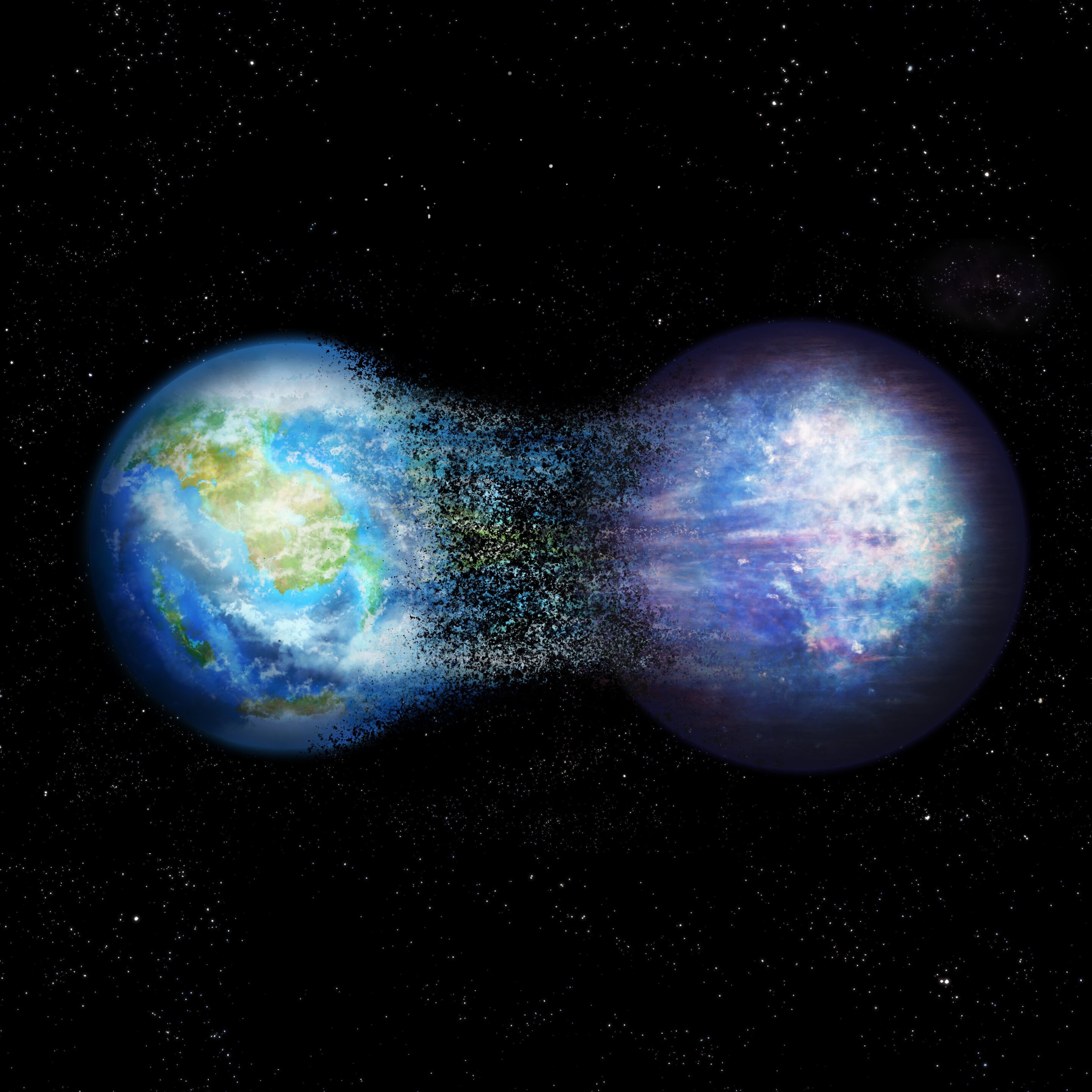The Earth is a wonderful blue and green dot covered with oceans and life, while Venus is a yellowish sterile sphere that is not only inhospitable but also sterile. However, the difference between the two is only a few degrees in temperature. A team of astronomers from the University of Geneva (UNIGE), with the support of the CNRS laboratories of Paris and Bordeaux, has achieved a world’s first by managing to simulate the entirety of the runaway greenhouse process that can transform the climate of a planet from idyllic and perfect for life, to a place more than harsh and hostile.
The scientists have also demonstrated that from initial stages of the process, the atmospheric structure and cloud coverage undergo significant changes, leading to an almost-unstoppable and very complicated to reverse runaway greenhouse effect. On Earth, a global average temperature rise of just a few tens of degrees, subsequent to a slight rise of the sun’s luminosity, would be sufficient to initiate this phenomenon and to make our planet inhabitable. These results are published in Astronomy & Astrophysics.



Important to emphasize:
This is not something that’s possible through the sort of climate change we’re currently facing. There simply aren’t enough things to burn on Earth to get that sort of a temperature change to happen. This article is talking about the sorts of changes we’ll see as the Sun gradually continues getting brighter over the course of hundreds of millions of years.
I thought the global average temperature already had risen with more than that!
Nope. Much, much less than that. It’s gone up by about a single degree in the past few centuries. This article has temperature estimates going back about half a billion years and it’s never been more than about 14 degrees above average - and one of those periods of high heat was a period called the “middle Eocene climatic optimum” because the biosphere was doing incredibly well overall under those conditions.
Anthropogenic climate change could cause our civilization a lot of grief by forcing billions of people to migrate or starve, but it’s pretty trivial on a geologic scale.